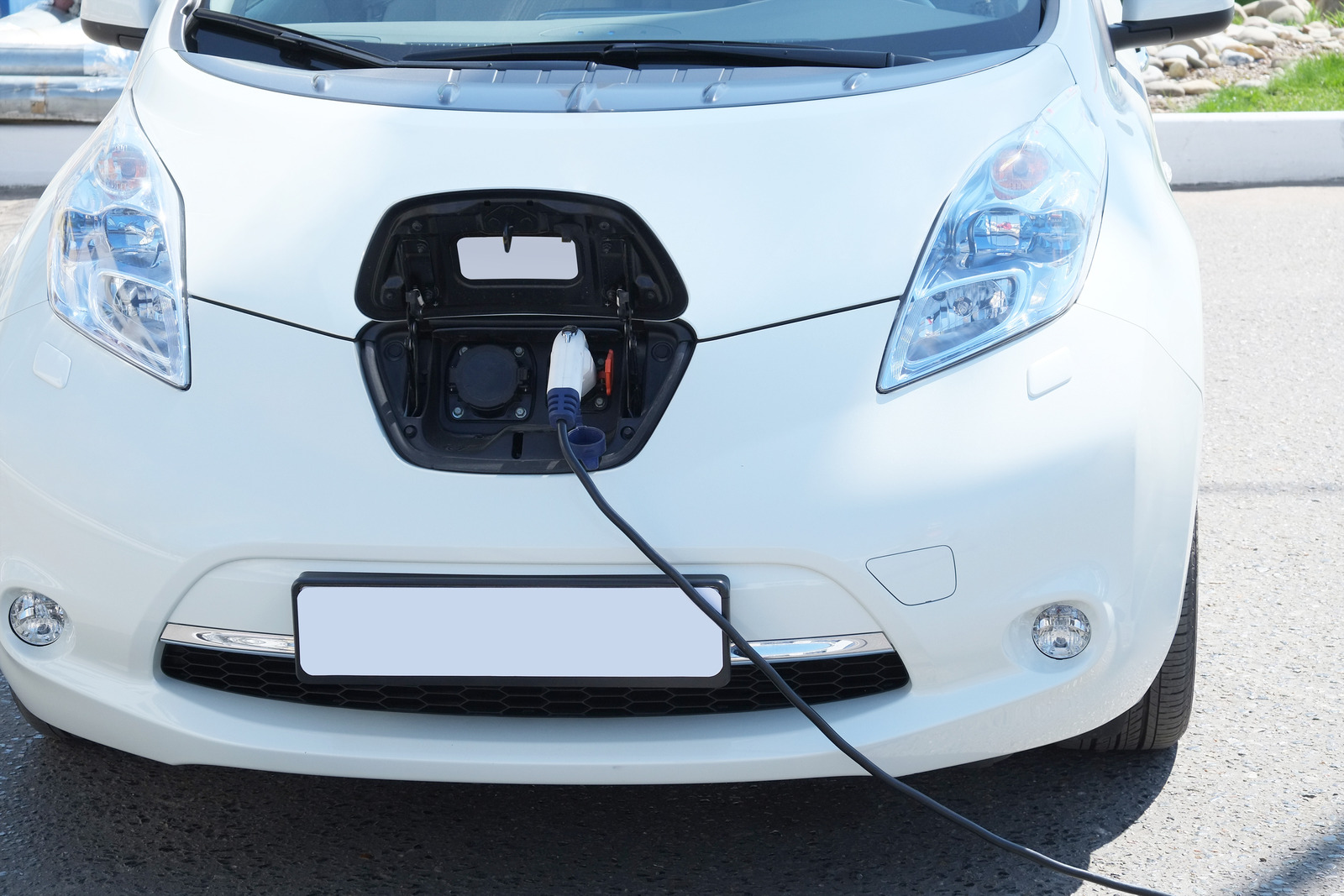How is our car energy changing?
Climate change is being hugely affected by transport emissions. Currently, there are over 38.4 million vehicles registered in the UK. Now that the UK’s 2050 Net Zero emissions target is a law, the pressure to limit the harmful emissions produced on our roads has never been greater. As a result, there are now active measures put in place by the government to reduce our carbon footprint and help to clean up the problem that is air pollution.
However, climate change isn’t the only thing affected by these emissions. Air pollution also affects public health, with 92% of the global population living in places where air quality levels exceed World Health Organisation (WHO) limits.[1] Emissions from transport are having a huge impact on our day-to-lives and our carbon footprint alike, so it’s imperative that we understand the new developments and fuel alternatives that are helping create a greener and healthier future for the way we drive. Here, the energy experts at LPG supplier Flogas Britain explore the main ways that car energy is changing.
On the highway to zero
Thankfully, the fuel for our vehicles is set to change in the future. With LPG price coming down for Autogas and the rise of electric cars, drivers will soon have more options. This is mainly due to the government’s Road to Zero Strategy, which aims to end the sale of all new conventional petrol and diesel cars by 2040. The Strategy also plans to increase the supply and sustainability of low carbon fuels, as a way to reduce emissions from the existing vehicles already on our roads.
There has now been regional level policies implemented in cities with the most pollution. The Mayor of London, Sadiq Khan, introduced the capital’s ultra-low emission zone (ULEZ) on 08th April 2019, which stipulates that vehicles driving within the zone must meet new, tighter emissions standards or pay a daily charge. The aim is to improve air quality and lower emissions from conventional petrol and diesel-run vehicles in central London, with emissions set to fall by as much as 45% by 2020.
With encouragements such as these, we are helping to limit the current reliance we have on fuels such as petrol and diesel- but how do these alternatives add up?
The evolutionary movement of electric
Electric vehicles aren’t a new concept. However, it was thought of as more of an ideal to aspire to rather than a serious catalyst in the fight against climate change. This has all changed in the last decade, with the development of advanced electric vehicle technology that has given electric cars mainstream credibility and appeal.
The demand for such vehicles has skyrocketed recently. Research suggests that people aged 18-24 are the most likely to own an electric vehicle, with the main reason being the climate crisis.[2] The downside is, having the infrastructure to support this demand is yet to match the technology available. With a chronic shortage of public charging points, one of the biggest impediments to many buying an electric car is the fear of running out of power and the risk of not being able to recharge on the go.
Take a look at: LPG – An interim fuel
While electric cars are becoming more popular, there are also other fuel alternatives that are energy efficient and can help to reduce carbon emissions. Autogas, also known as LPG (liquefied petroleum gas), is the most accessible alternative fuel on the market – with over 170,000 Autogas vehicles currently on the road across the UK, serviced by more than 1,400 refuelling stations.[3]
Autogas is a popular choice for those looking to reduce their carbon footprint and fuel costs in comparison to conventional fuel methods. Extensive existing infrastructure, plentiful supply and serious cost- and carbon-cutting potential mean LPG is positioned as the ideal interim fuel in the move away from petrol and diesel, and towards Net Zero.
The link between LPG and transport
Aside from LPG, other alternatives are also available. As the cleanest burning fossil fuel available, LNG (liquefied natural gas) has quickly become the world’s fastest growing gas supply source.[4] As well as being highly efficient, it emits significantly fewer pollutants and offers CO2 savings of 20% compared to diesel, making it ideal for businesses who own large truck fleets and need to adhere to stringent air pollution controls. [5] Bio-LNG takes this one step further, offering CO2 savings of over 80%.[6] Also known as liquefied biomethane, Bio-LNG is a renewable fuel that’s created during the break down of organic matter, meaning it can be produced anywhere anaerobic digestion occurs (AD).
[1] https://www.wlpga.org/wp-content/uploads/2018/04/Autogas-Vehicles-Catalogue-2018.pdf
[2] https://instavolt.co.uk/aa-says-youngsters-most-likely-to-own-an-ev
[3] https://www.drivelpg.co.uk/about-autogas/
[4] https://www.shell.com/promos/overview-shell-lng-2019/_jcr_content.stream/1551087443922/1f9dc66cfc0e3083b3fe3d07864b2d0703a25fc4/lng-outlook-feb25.pdf
[5] https://www.ngva.eu/medias/natural-gas-a-solution-for-a-clean-and-decarbonized-transport-system/
[6]Transport applications; compared to conventional diesel engines (source: NGVA)

